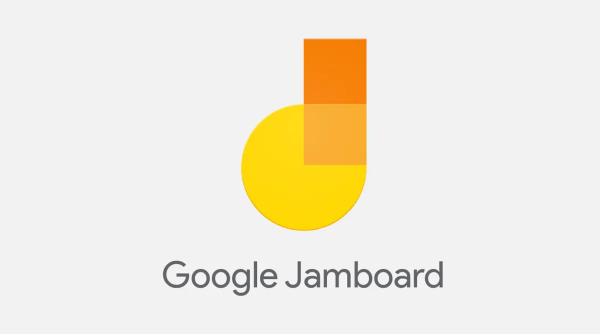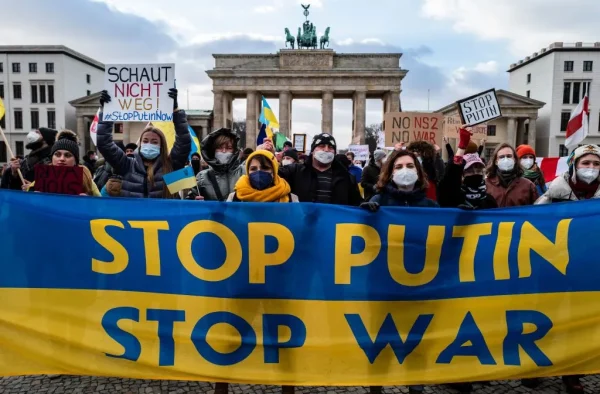The Insulin Crisis
As many of you are likely aware, there is a major insulin crisis within the United States. With roughly 37.3 million diabetics in the United States, why is it that a giant portion of the country’s population is suffering? Forbes reports that 79% of U.S. diabetics have financial difficulties due to the cost of insulin. Because of their difficulties getting insulin many people living with diabetes have to ration insulin and take under dosages to get through their lives which can result in trips to the emergency room or even become fatal. You might ask: Why is this happening?
Insulin is being price gouged due to a monopoly in the market. Reuters reports companies such as Eli Lilly, Novo Nordisk, and Sanofi, “intentionally and strategically raised their prices in lockstep.” These companies allegedly collude and overprice insulin to make the most money, raising their prices within days of each other. However “overpricing” is an understatement, insulin costs about $10 to produce but sells for around $300. Stack this with the cost of insulin pens and that can lead to someone who depends on it paying over $1000 per month just to survive.
Many diabetics look to Medicare to help them cover the cost of insulin. Medicare is available for citizens who are aged 65 or older or to “Disabled Americans,” which includes those with diabetes. Medicare can cover the price of insulin leaving diabetics paying under $125 out of pocket. This seems great, however, Medicare only covers around 3.3 million of the 37.3 million diabetics living in the United States. Not only that but there is a system Medicare has called “the donut hole”. This is where beneficiaries must spend a certain amount of money before Medicare will begin covering the cost for diabetics. This is usually over $4000, meaning it’ll take around 3 or 4 months before Medicare will cover the cost of insulin for many diabetics.
Recently, Joe Biden has capped the out-of-pocket price of insulin for Medicare beneficiaries at $35 because certain types of insulin would cost a lot of money, leaving some beneficiaries paying over $100 out of pocket, even with the help of Medicare. Biden’s cap at $35 ensures that beneficiaries have a much easier time paying for their insulin. With that in mind, Medicare only covers 3.3 million diabetics, but there are a total of over 7 million diabetics in the United States using insulin. This may appear less of an issue than the grand total of over 37 million, because many type 2 diabetics do not need to use insulin, and can use other treatments besides insulin. But Medicare’s limited coverage still leaves over 3 million people in the status quo, struggling with insulin. This is not any less of an issue though. Type 1 diabetics need insulin. Type 2 diabetics can use treatments but it isn’t a perfect situation. Out of the (roughly) 37 million diabetics in the United States, 1.9 million are Type 1. This gives the illusion that only 7 million diabetics are struggling, however, this is not the case. A medically reviewed article by Chris Iliades (Reviewed by Justin Laube, also a Doctor of Medicine) states that while there are treatments for type 2 diabetes, most will “eventually need to take insulin by injection.”
According to CMS.gov, the Medicare program costs around 767 billion dollars, which is comparable to the budget of the Department of Defense. It is estimated that one-third of Medicare dollars are spent on people with diabetes. The United States government ends up spending billions of dollars due to the price gouging of insulin. In the status quo, besides Joe Biden’s Medicare Band-aid, Democrats in the Senate have tried to pass an Insulin cap at $35 Dollars, however, this did not pass on a vote of 57-43.
The high prices of insulin make life harder for many diabetics living in the United States. There are ways the government is attempting to help those in need, but these aren’t providing as much help as they’re intended to.










